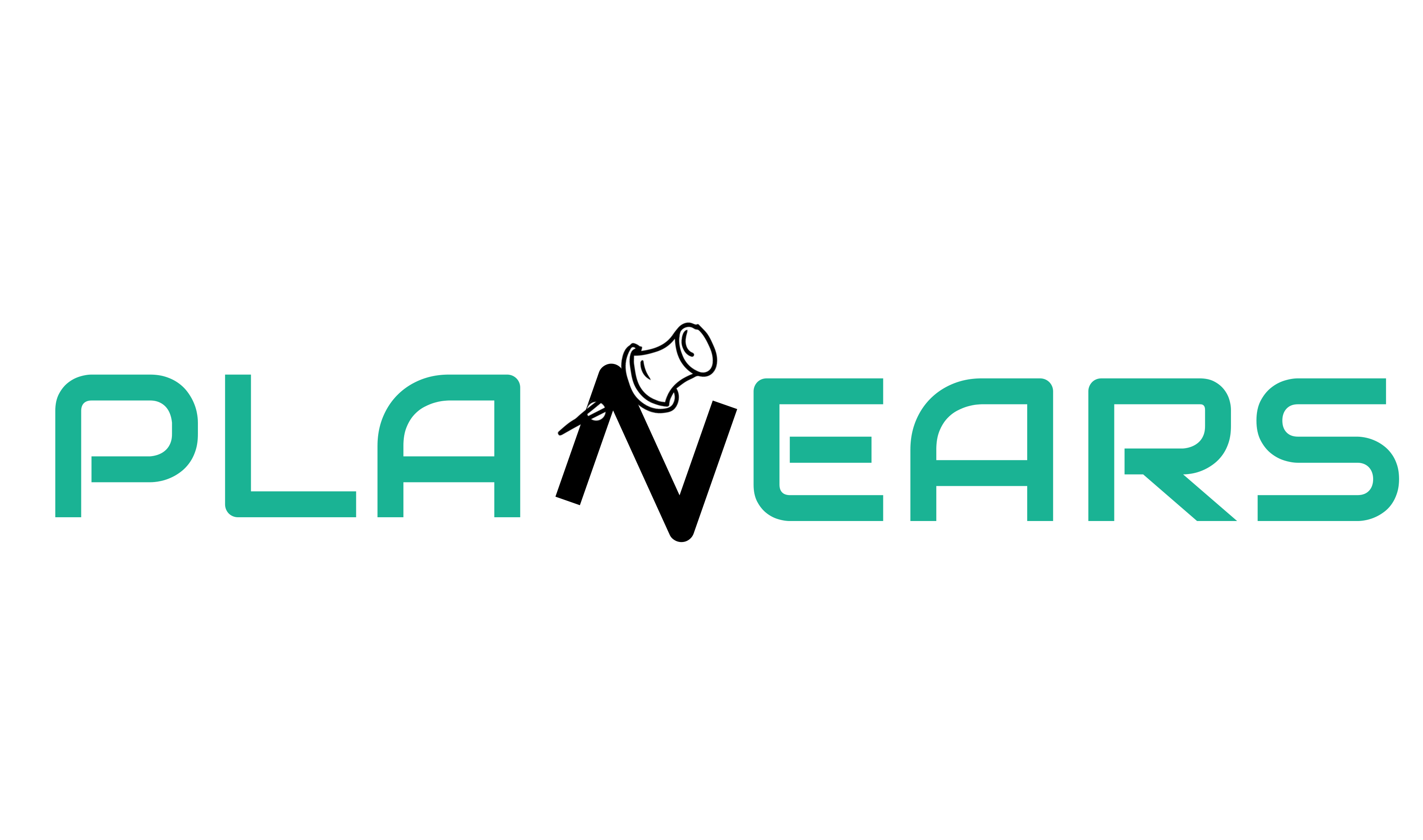10 Project Management terms you should know
Every management course follows an outline, and hence project management is no different. Project Management contains several PM terms that aid the project team to formalize the project’s startup process. These terms are consider as the most popular project management buzzwords.
Here I have given top 10 project management terms that you should know.
1- WBS (Work Breakdown Structure) :
WBS is one of the important project management terms. A work breakdown structure is a hierarchical structure that breaks down the work into manageable pieces so that each level of WBS could be easily understood by the project team. Project management team creates this structure by examining major deliverables and then dividing them into sub-deliverables. Until it is assign to a designated person, this division will continue.
2- Sprint / Milestone :
It is a scheduling process that describes the set of related deliverables. During the project, milestone describes those important points in time or an event. Milestone is the best practice for managers to use in the project to celebrate. It is one of the components of Gantt chart and you will be able to see them on the project schedules presented as a diamond.
These are mainly used for :
- When starting a phase
- To end a certain phase
- Fixed dates on plan
3- Stakeholder :
Being an important term in project management, every project manager should know what stakeholders mean. They are the people engaged in and influenced by the project. The scope of the stakeholders varies in an organization where some of them cover every section and the others have limited authority and some of them are outsiders as government bodies. They must be informed about the necessary information. Delivering a product on the basis of customer’s demand is not enough for the success of a project. Projects must meet all the expectation of stakeholder.
4- Work Plan :
The work plan is one of the key terms of a project management. It is an outline of a set of goals with the help of which project team can reach those goals. The purpose of the project work plan is to promote efficiently, systematized and completion of the project according to budget, schedule, and requirements. WP contains all the tasks involved in a project, meaning, who is responsible for each task and when these tasks will be completed. The work plan also includes the job scope, work product definition, task sequencing, budget, schedule etc
5- Baseline :
The baseline measures the performance of the project. Project management contains three baselines which are :
- Schedule baseline
- Cost baseline
- Scope baseline
These three combined are considered as the complete performance measurement baseline.
6- Triple Constraint :
Every project is under some constraints for evaluation. And the triple constraint is a four components group (time, scope, cost and quality of the product) represents in the form of a triangle. There must be a balance among all these components as the change in any one will impact the other components.
7- Project life cycle :
Project life cycle includes project planning, analysis, design, implementation, and budget. A project’s life cycle can have many models, but each model represents a single phase to build the deliverables of the project. This life cycle consists of initiating the project, it’s planning, monitoring and controlling, executing, and closing.
8- Gantt Chart :
It shows the amount of work that is done in a certain period of time in a horizontal lines. It helps in managing the relations between tasks. This chart also helps in keeping the project team and sponsors informed about the project progress. We can take certain steps to bring the schedule on track if the project lacks behind.
9- Change Management :
Change management plan has the authority to approve or reject the changes in the project. Its main purpose is to manage the change that occurs during project according to the previous plan’s requirements and statements. The change management has to approve the new changes if the project manager wants to modify something in the project.
10- Risk Mitigation :
At the start of every project, it is important to know the risk that surrounds the project because you can change your plan or can choose some other option to avoid any risk occurrence. So, risk mitigation is that project management term which identifies the risk. It helps in identifying the risk your project will face in the future which increase the chances of success to a great degree.
Conclusion :
For a successful delivery of a project, it is essential that you start your project with predefined goals. For this purpose, you must keep in mind all the project management terms which will help to cover all aspects of your project in the best way possible.




